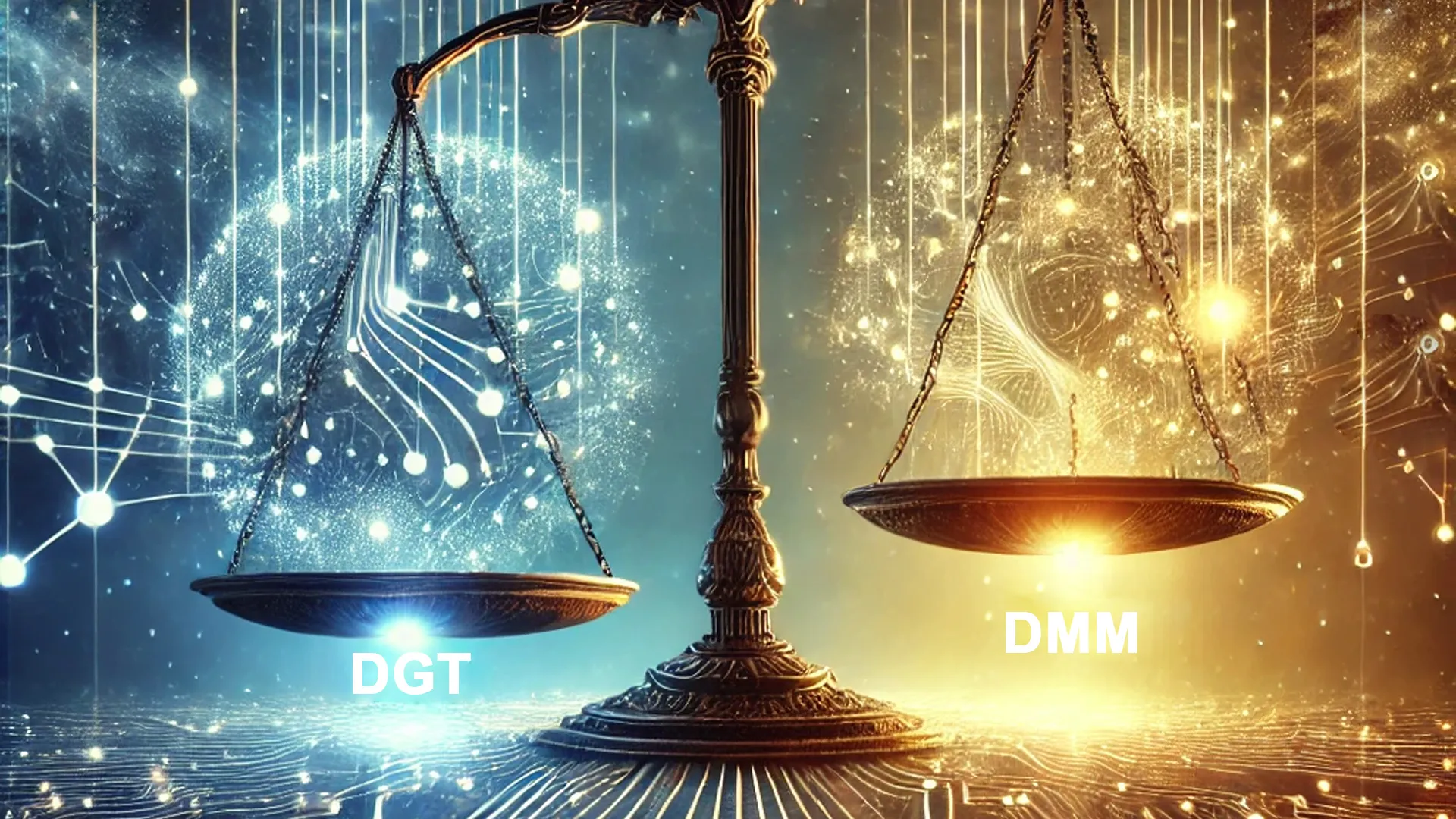February 25, 2025
Best Practices for AI Data Annotation for Virtual Reality and Augmented Reality Applications in the Gaming and Entertainment Industry
.webp)
AI data annotation is a vital process that enables machine learning models to interpret the world around them. In the growing domains of virtual reality (VR) and augmented reality (AR), the precision and quality of data annotation play a pivotal role in creating immersive and realistic experiences. In the gaming and entertainment industry, these technologies are shaping the future, offering unmatched engagement and interactivity.
This article offers an in-depth look into the best practices for AI data annotation in VR and AR applications, detailing the nuances, importance, and advantages of following these practices.
VR and AR are transforming the gaming and entertainment landscape, enabling users to step into virtual worlds or enriching the real world with digital enhancements. The success of these technologies heavily relies on AI data annotation, a process that requires attention to detail, precision, and adherence to best practices.
Understanding AI Data Annotation
AI data annotation is the process of labeling data, such as images, videos, or text, to be used by AI and machine learning algorithms. In VR and AR, data annotation helps create models that understand and interpret virtual environments, allowing for realistic simulations and interactions.
Best Practices for AI Data Annotation in VR and AR
Defining Clear Objectives
- Understanding the End-Goal: Before commencing the annotation process, having a clear understanding of the desired outcomes and user experiences is paramount.
- Creating Annotation Guidelines: Establishing guidelines helps ensure consistency and quality in the data annotation process.
Data Quality and Integrity
- Selecting Relevant Data: Curating data that is relevant to the VR or AR application ensures that the AI models are learning from the right examples.
- Data Preprocessing: Cleaning and preprocessing data remove noise and inconsistencies, leading to more accurate training of AI models.
Utilizing Diverse Data Sources
- Incorporating Variety: Using data from diverse sources and scenarios enhances the model's ability to generalize across different VR and AR environments.
- Simulating Real-World Scenarios: Creating virtual environments that closely mimic real-world scenarios ensures that the AI models are capable of handling complex interactions.
Adherence to Privacy Regulations
- Respecting User Privacy: When collecting data, especially in gaming and entertainment, ensuring compliance with privacy regulations is crucial.
- Anonymizing Data: Removing personally identifiable information safeguards user privacy while maintaining the data's utility.
Continuous Monitoring and Improvement
- Ongoing Evaluation: Continuously evaluating the performance of the AI models ensures that they remain accurate and relevant.
- Iterative Improvement: Constant refinement and optimization of the annotation process enhance efficiency and quality over time.
Advantages of Following Best Practices
- Enhanced User Experience: By adhering to best practices, VR and AR applications can provide more immersive and engaging experiences.
- Robust Models: Quality data annotation leads to the development of robust AI models capable of handling complex scenarios and interactions.
- Privacy Compliance: Respecting privacy regulations builds trust and ensures that applications are compliant with legal standards.
- Cost-Effectiveness: Proper planning and execution of the annotation process save time and resources, making development more cost-effective.
The future of gaming and entertainment lies in the immersive worlds created by VR and AR. The success of these technologies depends heavily on AI data annotation, where precision, quality, and adherence to best practices are essential.
By following the best practices outlined in this article, developers and businesses can create VR and AR applications that not only captivate users but also stand out in terms of realism, interactivity, and compliance with ethical and legal standards.
In an industry that thrives on innovation and engagement, taking a strategic and thoughtful approach to AI data annotation paves the way for success. Whether you are a game developer, content creator, or enthusiast, embracing these practices is a step towards the next frontier of digital entertainment. The virtual world awaits, and the pathway is illuminated by the best practices in AI data annotation.


